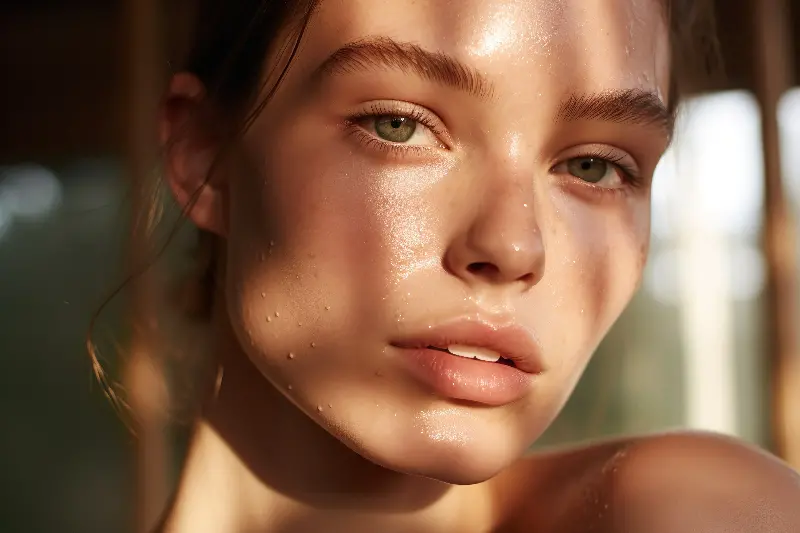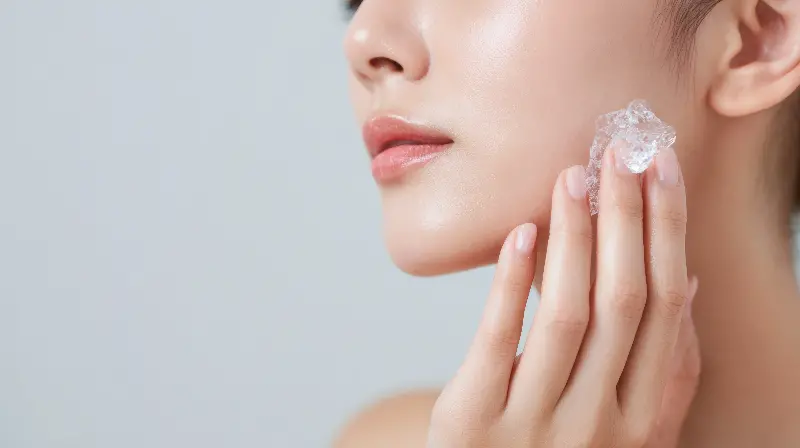In recent years, facial freezing has become a hot topic in the world of beauty and anti-aging treatments. From icy rollers to professionally administered cryotherapy facials, the idea of cooling the skin to achieve a youthful glow is no longer reserved for high-end spas or celebrities. But as more people embrace this chilly trend, one crucial question arises: can facial freezing really slow down aging? Let’s uncover the science, benefits, and realities behind this frosty phenomenon to see if it’s the secret to turning back the clock.

The Rise Of Facial Freezing In Beauty Rituals
The concept of facial freezing isn't entirely new. Cultures around the world have long believed in the invigorating effects of cold on the body, from traditional ice baths in Scandinavia to the use of chilled jade rollers in Asia. However, the modern beauty industry has taken this practice to new heights, introducing a variety of devices and in-clinic therapies promising everything from reduced puffiness to firmer, younger-looking skin.
Social media, celebrity endorsements, and beauty influencers have played a major part in making ice facials and cryotherapy a mainstream sensation. It’s not uncommon to see high-profile figures dunking their faces in icy water or gliding cold metal rollers across their skin. But is the buzz around facial freezing backed by science, or is it simply another fleeting beauty fad?
How Does Facial Freezing Work?
At its core, facial freezing involves exposing the skin to very low temperatures for brief periods. This can be achieved through rudimentary methods such as using ice cubes or at-home cold rollers, or via advanced treatments like cryofacials and whole-face cryotherapy.
When cold is applied to the skin, blood vessels constrict, a process known as vasoconstriction. This can temporarily reduce blood flow to the area, which in turn may decrease inflammation, redness, and puffiness—giving the face a fresher, more rested look. After the cooling effect subsides, the vessels dilate, allowing increased blood flow that brings oxygen and nutrients to the skin’s surface.
Professional cryotherapy facials often use vaporized liquid nitrogen to chill the skin to as low as -160°C for just a few minutes. This rapid cooling is said to stimulate the skin, delivering a tighter, lifted appearance with improved tone and radiance.

The Science Behind Cold And Aging
The anti-aging benefits of facial freezing are largely rooted in its ability to influence microcirculation and reduce inflammation. Swelling and puffiness, especially around the eyes and jawline, can make the skin look older and fatigued. Regular use of properly administered cold therapy may help minimize these signs, at least temporarily.
Some proponents claim that facial freezing can also stimulate collagen production. Collagen is the protein responsible for skin elasticity and firmness, but levels naturally decline with age. According to a handful of small studies, extreme cold can trigger increased collagen formation by creating a mild stress response in the skin, prompting it to “repair” and rejuvenate itself.
Moreover, cold temperatures temporarily tighten the skin by causing underlying muscles and tissues to contract. This tightening effect is often most visible right after treatment, providing an instant (though short-lived) facelift effect that many people crave before a big event or photoshoot.
Potential Benefits And Interesting Facts
- Cooling the skin may improve product absorption, allowing serums and moisturizers to penetrate more efficiently when used immediately after a cold application.
- Athletes have used cryotherapy for years to speed up recovery and decrease inflammation in muscles. Many of the same principles are now being harnessed for skin care.
- In some clinical studies, it was observed that regular cryofacials could reduce the frequency and severity of acne flare-ups, possibly by decreasing skin oil production and inflammation.
One fun fact: facial freezing can also give the complexion a healthy glow due to the rush of blood that follows vasoconstriction. This “post-cold flush” look is one reason ice facials have long been a makeup artist’s secret weapon to perk up tired skin before a photoshoot.
What Are The Risks And Limitations?
While facial freezing offers many potential benefits, it’s important to approach the practice with a balanced perspective. The effects of cold therapy are largely temporary, lasting a few hours to a few days at best. So, while you might look refreshed after an ice-cold facial, it won’t reverse wrinkles or sagging skin in the long run.
People with certain skin conditions, such as rosacea, eczema, or extreme sensitivity, should use caution when applying cold treatments to the face. Excessive cold can aggravate these conditions, leading to redness or even frostbite if done improperly. It’s always wise to use clean tools and avoid direct application of ice to prevent skin damage.
Professional cryofacials performed in licensed clinics tend to be safer, as they are tailored to individual skin types and performed under controlled conditions.
Should You Try Facial Freezing?
As a beauty trend, facial freezing is an accessible, low-cost way to give your skin an instant boost. The science suggests that regular, moderate use can reduce puffiness, calm inflammation, and give a temporary tightening effect—making it a fun addition to your anti-aging routine.
However, it’s important to view facial freezing as one tool in your skincare arsenal. For lasting anti-aging results, focus on daily sun protection, hydration, consistent use of proven ingredients like retinol and vitamin C, and a healthy lifestyle. Facial freezing may not stop the clock, but it can certainly help you put your best (and coolest) face forward.
